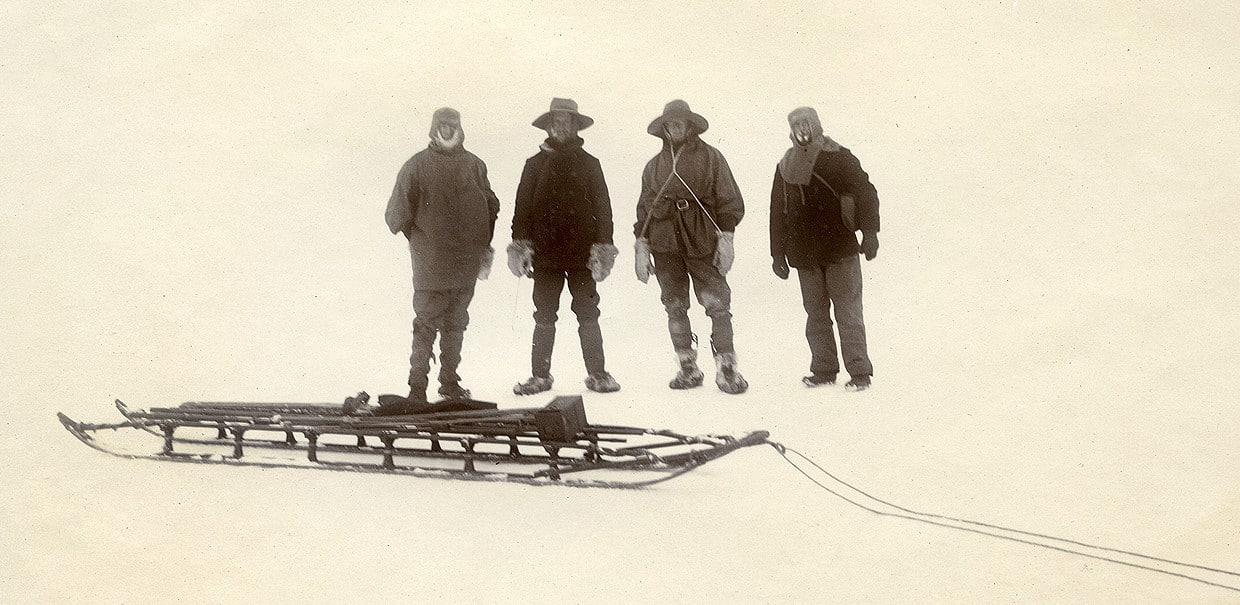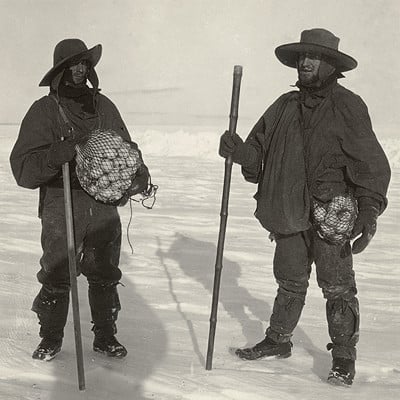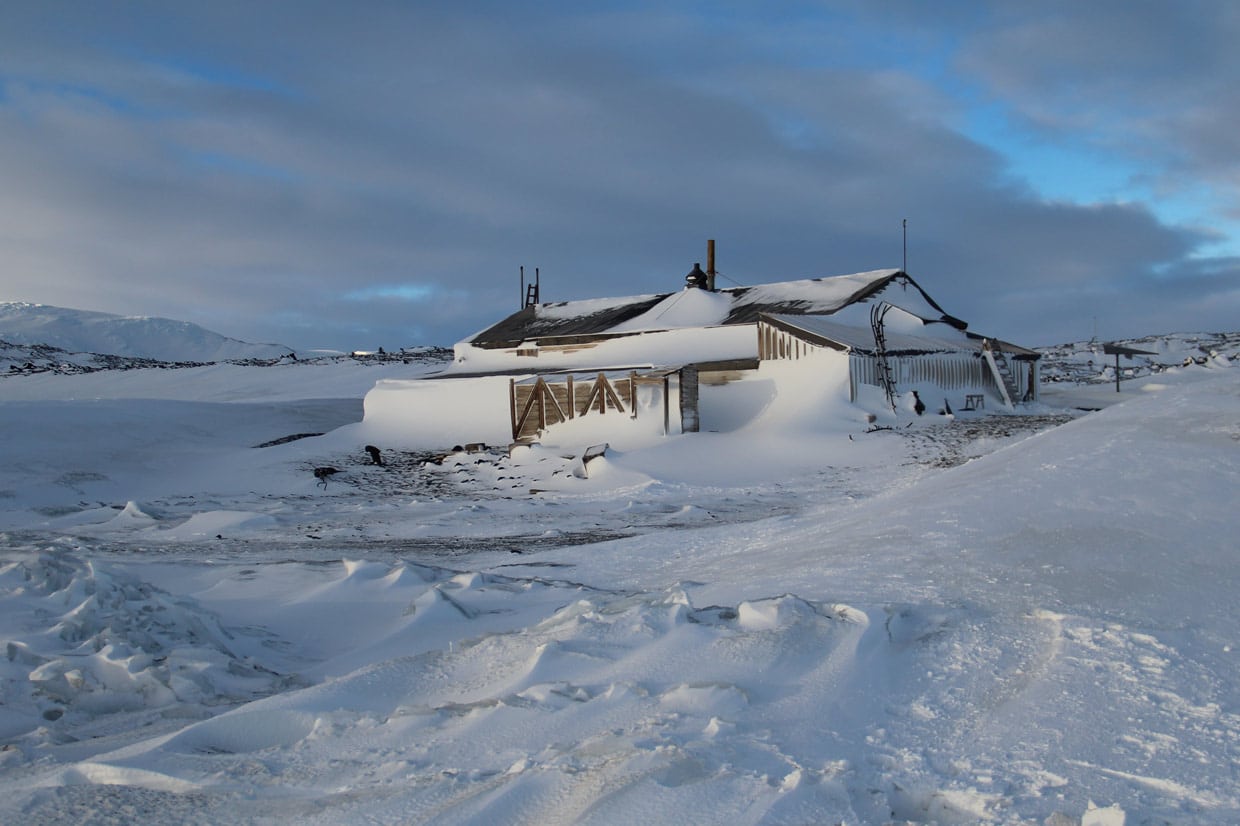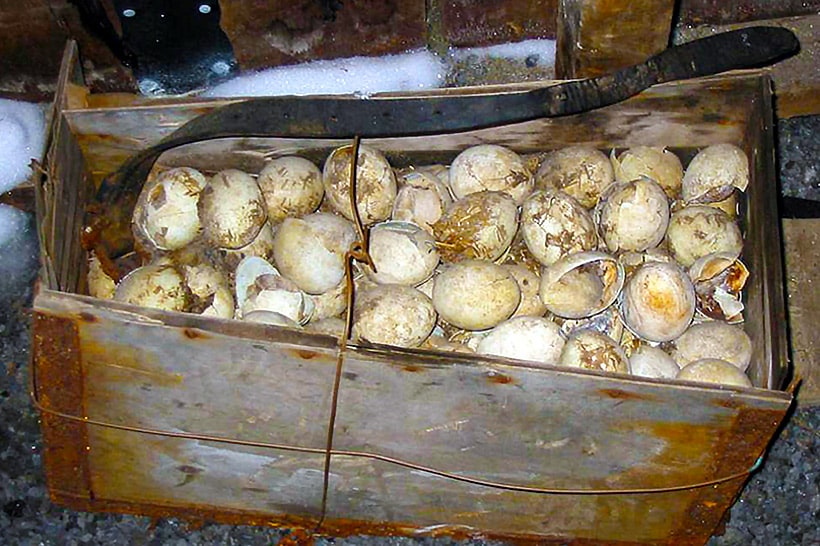
Using the past to research the present
Early researchers on the expeditions of the late 19th Century and early 20th Century collected the first biological samples from Antarctica. These have proved to be important for some of today’s researchers who use them as a baseline for their current research.
Sponges
The biologist Dennis Lillie spent most of the British Antarctic Expedition 1910 – 1913 on board the Terra Nova gathering a remarkable collection of biological specimens. In the photo below he displays siliceous sponges which had been collected by dredging the ocean bottom.

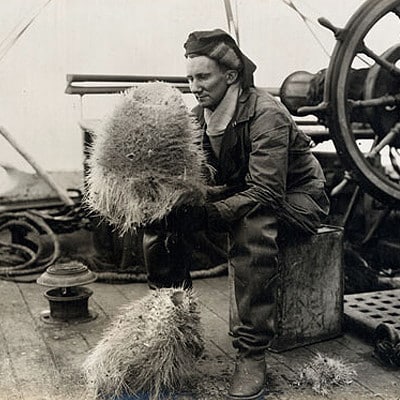
Dr David Barnes, a marine zoologist at the British Antarctic Survey, has recently reviewed the scientific reports produced by Scott’s expedition. There are 25 volumes about Antarctica’s zoology, alongside its meteorology, glaciology, magnetic conditions and environment. He says:
“The great thing about this data is that it comes from a century ago. There have been two big phases of climate warming – one is now and one was between 1910 and 1945 – so if we could choose when we would like to have historic data, these reports are exactly what we’d pick. We can compare growth rates of marine animals 100 years ago to how the same species is now. We can also use the old specimens to peer back into the 19th Century. I’m looking at 20 or so species in my research, and six or seven of them are recorded here in Scott’s work. The descriptions have stood the test of time.”
Penguins
Dr Tom Hart (penguinologist at Oxford University) explains how he uses shed feathers, shells and bones of modern day penguins to examine their DNA.
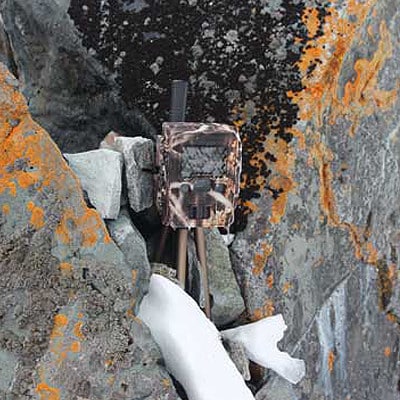
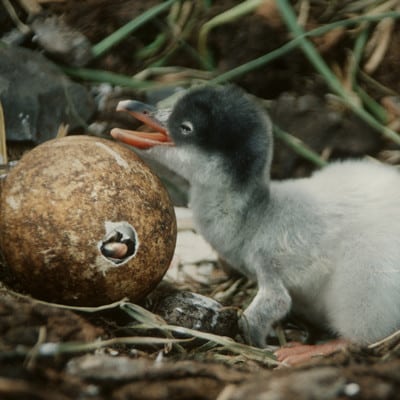
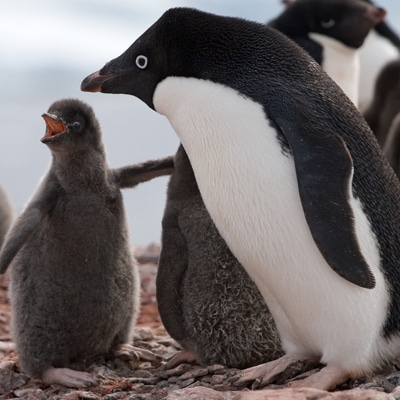
Changes over time
Material from specimens collected by early researchers and past expedition reports are used to compare the genetics of the penguins and to determine penguin population structure and changes over time.
In 2011 modern researchers retrieved a box of Adelie penguin eggs from the hut at Cape Evans. The eggs had been collected by members of the Ross Sea Party of 1914 as food. Small fragments of broken eggs will be used for research.
-
Find out more about historic discoveries on the Antarctic timeline.
-
Find out more about penguin research at Penguins: Past & Present
